Dance festival celebrates ethnic unity
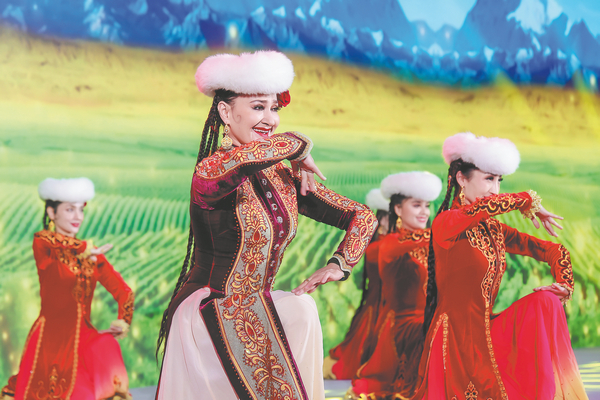
Dancers of the Xinjiang Art Theatre will perform Jula during the 6th China Xinjiang International Folk Dance Festival, which will be held in Urumqi, Xinjiang Uygur autonomous region, from Thursday to Aug 5. [Photo/seexinjiang.com]
Xinjiang's diverse culture and crucial trading role acknowledged by domestic and international acts, Chen Nan reports.
When dancers of the Xinjiang Art Theatre performed an excerpt of the dance piece Jula in Beijing last week, the audience got a glimpse of the Twelve Muqam — one of the four main regional styles that Xinjiang Uygur Muqam has developed.
Xinjiang Uygur Muqam is the general term for a variety of practices widespread among the Uygur communities, which includes songs, dances, folk and classical music and is characterized by diversity of content, choreography, musical styles and instruments used. It was inscribed on the Representative List of the Intangible Cultural Heritage of Humanity in 2008 (originally proclaimed in 2005) by UNESCO.
The dance performance served as a curtain-raiser for the 6th China Xinjiang International Folk Dance Festival, which will be held in Urumqi, capital of Northwest China's Xinjiang Uygur autonomous region, from July 20 to Aug 5.
With the theme of Dancing Dreams and Harmonious Silk Road, the event, first launched in 2008, will stage 28 dance productions with about 60 performances, including ballet, folk dance, dance galas and dramas.
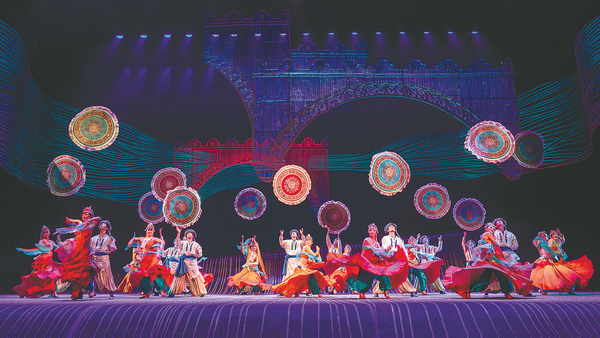
They will present Chinese dance drama Zhang Qian as the opening performance. [Photo/seexinjiang.com]
"Throughout its history, Xinjiang has been marked by a high degree of cultural exchange between the East and the West, due to its location along the Silk Road," said Xu Ruijun, Party secretary of the department of culture and tourism of the Xinjiang Uygur autonomous region, in Beijing last week, adding that this year marks the 10th anniversary of the proposal of the Belt and Road Initiative, which makes the 6th China Xinjiang International Folk Dance Festival a significant platform for cultural exchanges among international artists.
The opening performance will be Chinese dance drama Zhang Qian, produced and performed by the Xinjiang Art Theatre. According to the dance drama's director, Xing Shimiao, the dance drama follows the epic journey of Zhang Qian, a royal emissary of China's Han Dynasty (206 BC-AD 220), whose expeditions paved the way to what later became the Silk Road — the historic trading network linking the East and the West, with world-binding influences expanding to the cultural, social and other aspects that continue to influence today.
"It took us about four years to finally stage the dance drama, which combines contemporary dance, ballet, traditional Chinese dance and Chinese folk dance," says Xing. "The version that will be staged during the 6th China Xinjiang International Folk Dance Festival will be an updated version. For example, a large treadmill, which is about 7 meters long and 2.8 meters wide, will be installed onstage, since the core of the dance drama is about Zhang Qian and his team traveling to the West. Along the journey, they met people of different cultures and they communicated."
The dance drama was premiered last year. Xing notes that the dancers of the Xinjiang Art Theatre, which was founded in 1949, are of different ethnic groups, such as Han, Hui, Uygur, Uzbek and Tajik.
One of the best-selling Chinese dance dramas, Poetic Dance: The Journey of a Legendary Landscape Painting, will also be staged during the upcoming festival on Thursday and Friday.
Choreographed by Han Zhen and Zhou Liya, it was inspired by A Panorama of Rivers and Mountains, a classic artwork exhibited at the Palace Museum in Beijing, which was created by artist Wang Ximeng during the Song Dynasty (960-1279) when the artist was 18 years old. It is widely acknowledged to be one of the most important works in the history of Chinese fine art. The 11-meter-long scroll painting is a record of people's lives and the natural scenery of that time, mixing realism with creative imagination. There are mountains, rivers, villages, ports, temples and pavilions. The painting is housed at the museum.
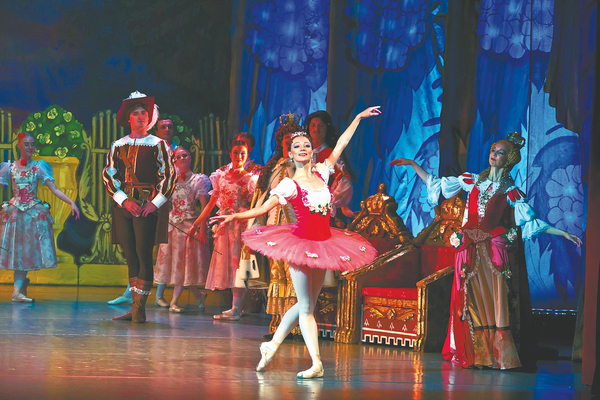
International artists from 11 countries, including those from the Ballet Troupe of the National Grand Theatre of Belarus, Turkmenistan's national dance troupe, and Zorenka, a dance group from Russia, will also perform at the festival. [Photo/seexinjiang.com]
According to Jing Xiaoyong, head of the China Oriental Performing Arts Group, since its premiere in 2021, the dance drama has been performed nationwide about 332 times in 41 cities.
Other highlights of Chinese art troupes during the festival include The Awakening Lion, by the Guangzhou Song and Dance Theatre, which is about traditional lion dance; Spartacus, a ballet piece choreographed by Russian dancer-choreographer Yuri Grigorovich and performed by Liaoning Ballet, and The Station, a contemporary dance piece by dancer-choreographer Li Xing.
Performances by international artists from 11 countries, including Sleeping Beauty by the Ballet Troupe of the National Grand Theatre of Belarus, Georgia's Treasures by the National Dance Troupe of Georgia, and Soul of Ubuntu by Elvis Dance Troupe of South Africa, will also be shown at the festival.
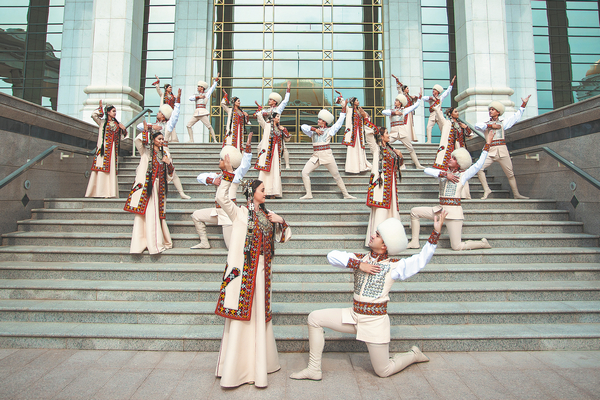
International artists from 11 countries, including those from the Ballet Troupe of the National Grand Theatre of Belarus, Turkmenistan's national dance troupe, and Zorenka, a dance group from Russia, will also perform at the festival. [Photo/seexinjiang.com]
For the first time, the festival will have a street dance session, featuring performances and a competition, according to Xia Rui, deputy director and secretary-general of the China Hip-Hop Union Committee, which was founded by the China Dancers Association in 2013.
"We will have about 500 street dance performers from around the country join in the festival and half of the performers are from Xinjiang," says Xia.
There are more than 30 subcommittees across China, involving more than 300 cities and about 3 million people. According to the China Hip-Hop Union Committee, there are more than 8,000 registered street dance studios in China.
"The competition will cover all kinds of street dance, such as locking, popping and breaking," he says, adding that Xinjiang has a large fan base for street dance, as well as local street dance artists who are devoted to the art form.
"The dance festival is an international event, which will bring international artists to Xinjiang. They will see the beautiful place and the diversity of its culture. Though street dance is young in Xinjiang, compared to its folk songs and dances, it grows fast and vibrant," Xia says.
One of the street dance pioneers in the region was Firkat Bahadeer, a Uygur who was born and raised in Urumqi. He will participate in the street dance session of the festival. His father, who taught mathematics at Xinjiang University and studied in Japan in the early 1990s, showed Firkat a video of Japanese street dancers, introducing him to the dance form.
Firkat, who graduated from the law school at Xinjiang University and worked briefly as a lawyer, decided to quit and travel to Shenzhen, Guangdong province, and then to Shanghai in 2001. After training with professional street dance performers, Firkat opened his own street dance studio, DSP (short for "dream, soul and passion") in Urumqi.
"We had street dance competitions in Xinjiang. Those competitions felt more like a festival, where dancers practiced, communicated and had lots of fun together," says Firkat.
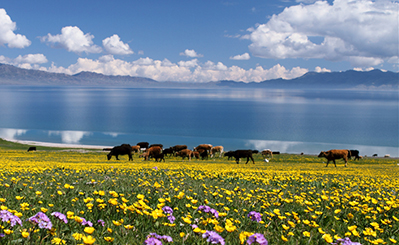 Attractions
Attractions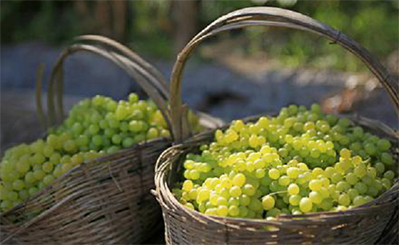 Dining
Dining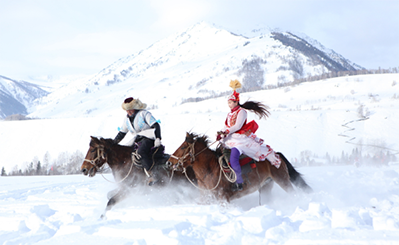 Culture
Culture